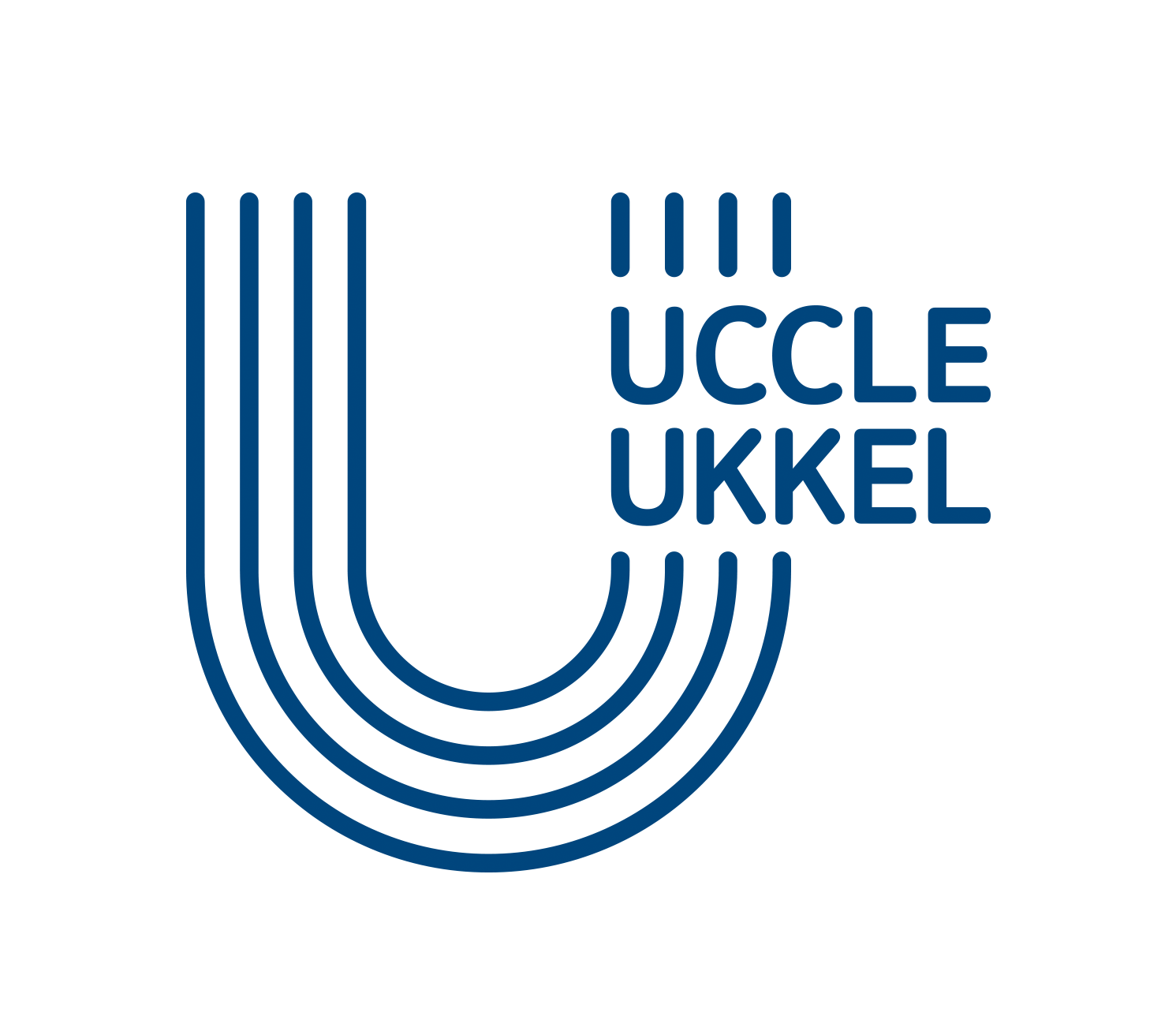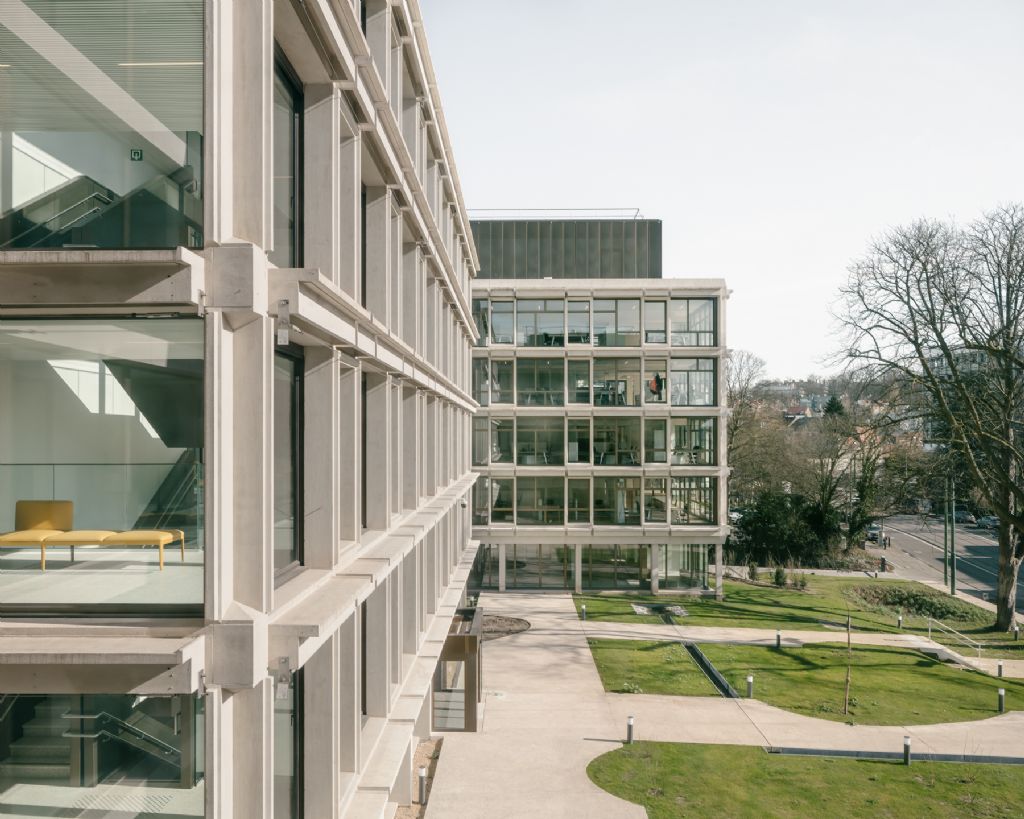Strategic challenge
In 2018, various services of the Municipality of Uccle moved to a new administrative building. Previously, these services were spread over eleven different locations throughout the municipality, which was inconvenient for citizens and staff.
This move was also the perfect opportunity to fully review the delivery of services to the citizen, as well as the various internal (often historically grown) services, and to optimise them with a view to more efficient cooperation.
Approach
In the first phase, the external services were fully reviewed. The services provided were identified and categorised into new themes that are recognizable for the citizen. This resulted in a clear transition from service provision relating to the internal structure, to service provision that follows the logic of the citizen. Customer-oriented thinking is central to this.
During the second phase, the current organisational structure and its underlying processes were examined and completely reorganised. This also provided an opportunity to measure the workload and work ethic of the employees in each of the different services and to formulate, per service, proposals for improvement and a roadmap for their implementation. During this phase, the deployment of the employees was also analysed and a proposal for improved distribution was made based on the effective staffing needs of the different services. The objective was to make the larger whole, as well as the individual parts, run as efficiently as possible.
During the third phase, the required number of counters was calculated and the infrastructure needs of the various services was identified, which could all be used as input for the architects.
Heads of departments were fully engaged in all activities to ensure the result was fully supported. Fortnightly meetings with an internal project group ensured the project evolved in the right direction. Formal validation moments were scheduled to make sure decisions were taken and problems resolved.
Result
This project has not only led to the needs of the new building being correctly assessed, but also to a more userfriendly and more efficient internal operation and a better deployment of employees. All this was achieved with strong focus on involvement and support from both staff and management.







